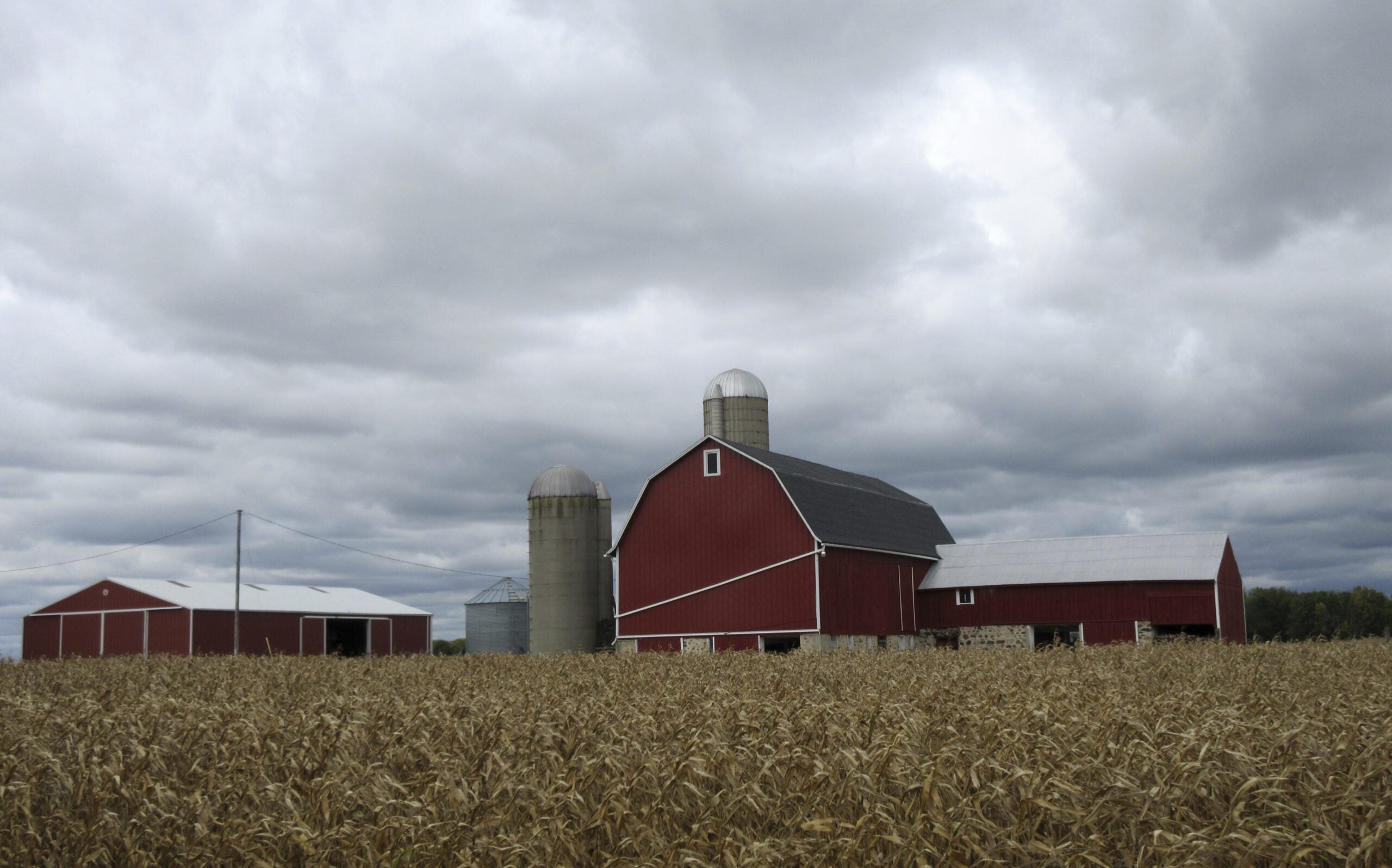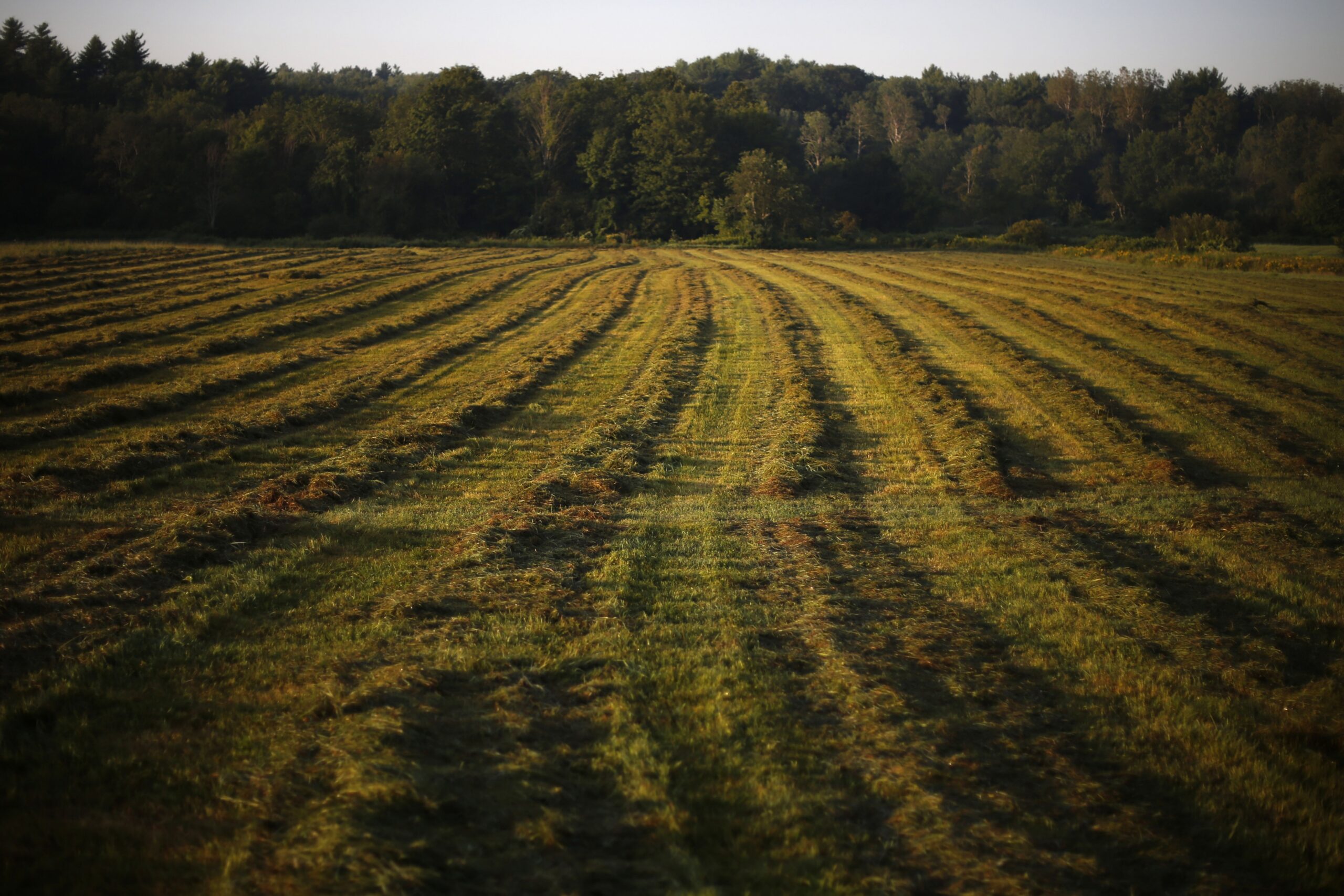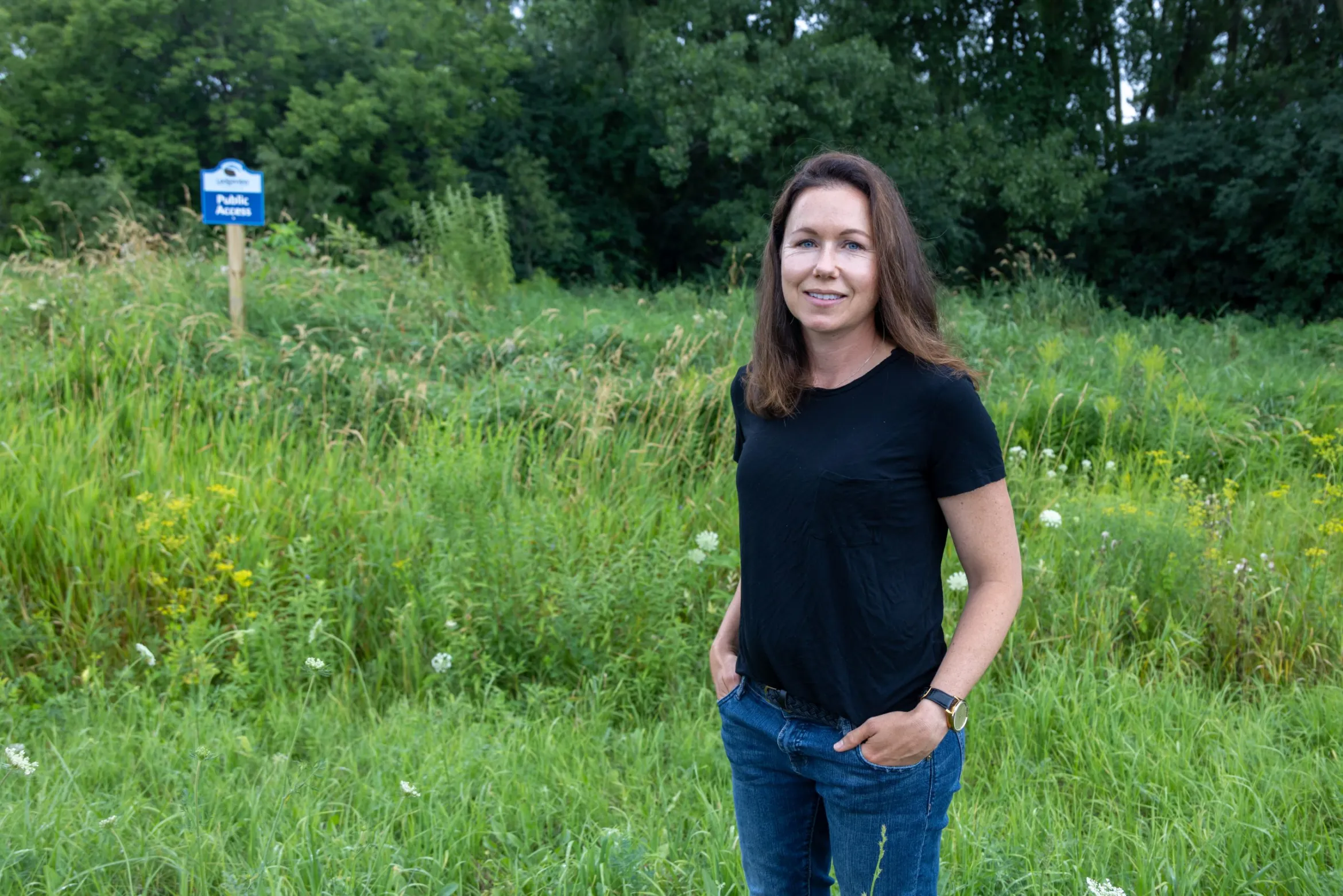The value of Wisconsin farmland has remained strong over the last five years, according to a new report from University of Wisconsin researchers.
The study found the average price of Wisconsin farmland was $4,345 per acre in 2018. That’s up 10 percent from 2017 and about 8 percent higher than in 2014.
Simon Jette Nantel, a UW-River Falls professor and one of the study’s authors, said it’s the first year that land values have really increased since milk prices fell almost five years ago.
News with a little more humanity
WPR’s “Wisconsin Today” newsletter keeps you connected to the state you love without feeling overwhelmed. No paywall. No agenda. No corporate filter.
“(Land values) might have dropped a little bit, especially in 2016 and 2017, after a few years of low income. But in most places, it was relatively steady,” Jette Nantel said. “(The year) 2018 is really the first year where we’re seeing a more significant increase in land value across the state. And that’s a little surprising to a number of people.”
The study is based on tax data from the Wisconsin Department of Revenue on farmland sales of 35 acres or more.
Jette Nantel said the price increase last year could be from more optimism about commodity prices.
Mark Akers, a rural appraiser in Wisconsin and Illinois, said he thinks outside influences, such as urban sprawl and foreign investors looking to buy farmland, are affecting land prices in some areas of the state.
“I think that’s probably where we’re seeing our little bit of a push up. But there are also large farmers that are doing well even in a tough economy,” Akers said.
He said large farms are generally willing to pay more for land in order to keep expanding. It’s especially a factor on the eastern side of the state where land prices are some of the highest in Wisconsin.
[[{“fid”:”999796″,”view_mode”:”full_width”,”fields”:{“format”:”full_width”,”alignment”:””,”field_image_caption[und][0][value]”:”%3Cp%3E%3Cem%3EMap%20courtesy%20of%20UW%20Center%20for%20Dairy%20Profitability%3C%2Fem%3E%3C%2Fp%3E%0A”,”field_image_caption[und][0][format]”:”full_html”,”field_file_image_alt_text[und][0][value]”:”Map of average land values in 2018″,”field_file_image_title_text[und][0][value]”:”Map of average land values in 2018″},”type”:”media”,”field_deltas”:{“1”:{“format”:”full_width”,”alignment”:””,”field_image_caption[und][0][value]”:”%3Cp%3E%3Cem%3EMap%20courtesy%20of%20UW%20Center%20for%20Dairy%20Profitability%3C%2Fem%3E%3C%2Fp%3E%0A”,”field_image_caption[und][0][format]”:”full_html”,”field_file_image_alt_text[und][0][value]”:”Map of average land values in 2018″,”field_file_image_title_text[und][0][value]”:”Map of average land values in 2018″}},”link_text”:false,”attributes”:{“alt”:”Map of average land values in 2018″,”title”:”Map of average land values in 2018″,”class”:”media-element file-full-width”,”data-delta”:”1″}}]]
Less farmland on the market could also be giving a boost to land values.
Jette Nantel said there were fewer sales in 2018 despite a significant decline in the number of dairy farms operating in the state.
“They will exit dairy farming, but not exit farming per se,” Jette Nantel said. “They can liquidate the herd and cover any debts they have related to the herd or the dairy equipment. And then they can turn around and they can keep the land and turn to other ag enterprises, whether it’s cropping, renting the land or having some other types of livestock, like beef cattle.”
He said Wisconsin hasn’t seen many farmers forced to put their land on the market because of debt.
But Akers warns that could change in the next year or two because of this year’s tough planting season.
“We’ve had a very wet spring and there’s land that didn’t get planted and there’s going to be reduced yields. People already on the edge of getting by might be in a position where they’re forced to put their land on the market,” Akers said.
That could have a negative effect on land values, but Akers said he doesn’t anticipate a significant decline.
And Jette Nantel said land prices could actually increase if prices for corn or other commodities start to improve.
Wisconsin Public Radio, © Copyright 2025, Board of Regents of the University of Wisconsin System and Wisconsin Educational Communications Board.






